Home>Articles>What Is The Temperature Of A Slow Cooker On Low
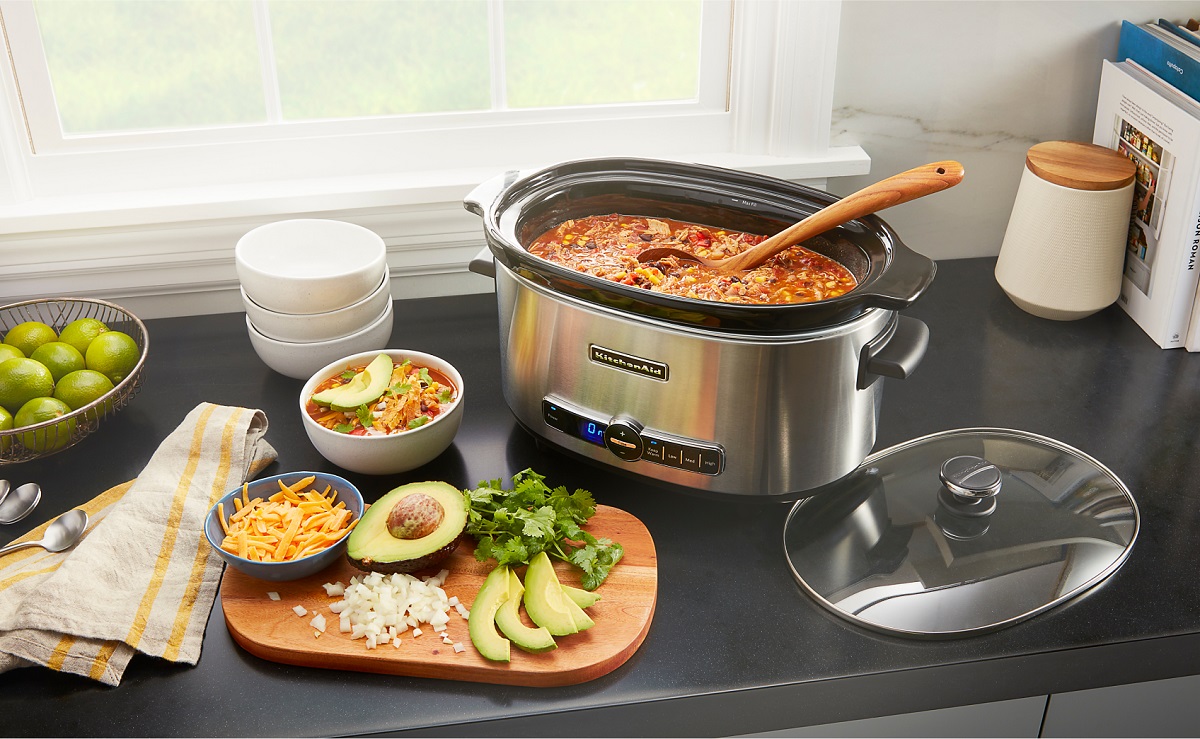

Articles
What Is The Temperature Of A Slow Cooker On Low
Modified: January 7, 2024
Learn about the temperature of a slow cooker on low. Read articles that provide insights and tips for using this cooking appliance effectively.
(Many of the links in this article redirect to a specific reviewed product. Your purchase of these products through affiliate links helps to generate commission for Storables.com, at no extra cost. Learn more)
Introduction
Slow cookers, also known as crock pots, have become a popular kitchen appliance for busy individuals and families. These devices offer the convenience of preparing delicious meals with minimal effort and time investment. One of the key features of a slow cooker is its ability to cook food at a low temperature for an extended period, resulting in tender and flavorful dishes.
While slow cookers are widely used, there is often confusion about the exact temperature settings and what they mean in terms of cooking. In this article, we will delve into the specific temperature range of a slow cooker on the low setting and explore the factors that can affect its temperature. Additionally, we will discuss the benefits of slow cooking at a lower temperature and provide some tips for effectively utilizing the low setting on your slow cooker.
By understanding the nuances of slow cooker temperature settings, you can optimize your cooking experience and create mouthwatering meals that leave your taste buds satisfied.
Key Takeaways:
- Slow cookers on the low setting typically maintain a temperature range of 180°F to 200°F, ideal for tenderizing meats and developing rich flavors in soups and sauces. Understanding this setting and its benefits can elevate your slow cooking experience.
- Factors such as slow cooker size, ingredient temperature, and lid opening can affect the low setting temperature. Adhering to tips like proper ingredient prep, adding enough liquid, and minimizing lid opening can optimize your slow cooking results for tender, flavorful dishes.
Understanding Slow Cookers
Before we dive into the specifics of slow cooker temperature settings, it’s important to have a basic understanding of how these appliances work. Slow cookers are designed to slowly and evenly cook food over a long period of time, typically ranging from four to ten hours. The low and slow cooking method allows flavors to meld together, resulting in tender meats, well-developed sauces, and perfectly cooked vegetables.
Slow cookers typically consist of a removable cooking pot, which is surrounded by a heating element. The heat from the element is transferred to the pot, which in turn cooks the food. Most slow cookers have multiple temperature settings, usually labeled as low, high, and sometimes a keep warm option.
The low setting is ideal for recipes that require longer cooking times, such as stews, soups, and braised dishes. It maintains a steady and consistent temperature that slowly cooks the ingredients without the risk of scorching or overcooking. The high setting, on the other hand, provides a higher level of heat and is best suited for recipes that require quicker cooking, such as chili or pulled pork.
Understanding how your slow cooker works and the differences between the temperature settings will help you make informed decisions when preparing your meals.
Exploring Temperature Settings
When it comes to slow cookers, the temperature settings can vary from brand to brand and model to model. However, most slow cookers have two primary temperature settings: low and high.
The low setting on a slow cooker generally ranges between 180°F (82°C) and 200°F (93°C). This temperature range is considered safe for cooking and helps to maintain a gentle simmer throughout the cooking process. It is perfect for slow-cooking meats, vegetables, and soups, allowing the flavors to develop gradually and ensuring tender and flavorful results.
The high setting, on the other hand, can reach temperatures between 280°F (138°C) and 300°F (149°C). This higher temperature setting is best suited for recipes that require faster cooking times, such as when you need to quickly cook poultry or heat up leftovers.
It is worth noting that the actual temperature inside a slow cooker can vary slightly due to factors such as the thickness of the pot, the amount of food being cooked, and even the room temperature. However, the slow cooker’s temperature control mechanism should help maintain a relatively stable temperature throughout the cooking process.
Understanding the temperature settings on your slow cooker is essential for achieving the desired results in your recipes. Whether you’re aiming for a slow and tender braise or a quick and flavorful meal, selecting the appropriate temperature setting is crucial.
Slow Cooker Temperature on the Low Setting
When using the low setting on a slow cooker, the average temperature typically ranges from 180°F (82°C) to 200°F (93°C). This gentle and consistent temperature allows for slow and even cooking, ensuring that the flavors meld together and ingredients become tender and juicy.
The low setting is often referred to as the “safe” setting because it keeps food within the optimal temperature range to prevent any potential food safety issues. This setting maintains a steady simmer, which is ideal for breaking down tough cuts of meat, developing rich flavors in sauces and soups, and allowing ingredients to blend together harmoniously.
One of the advantages of using the low setting is that it gives you the freedom to prepare meals in the morning and have them ready by dinnertime. The extended cooking time at a low temperature infuses dishes with deep and complex flavors, making them incredibly satisfying to eat.
It’s important to note that despite the low temperature setting, slow cookers are designed to thoroughly cook food and kill any harmful bacteria, making it safe to use for a variety of recipes. However, it is always recommended to follow proper food handling and safety guidelines when using any kitchen appliance.
While the low setting of a slow cooker is ideal for most recipes, it’s important to adjust the cooking time based on the specific recipe and the desired level of tenderness. Keep in mind that cooking times can vary depending on the size and type of ingredients used.
In the next section, we will explore the various factors that can affect the temperature of a slow cooker on the low setting, providing a better understanding of how to achieve the desired results in your slow-cooked meals.
The temperature of a slow cooker on low is typically around 190-200°F (88-93°C). This low and slow cooking method is ideal for tenderizing meats and developing rich flavors in soups and stews.
Factors Affecting Slow Cooker Temperature on Low
While the low setting on a slow cooker is designed to maintain a steady and consistent temperature, there are several factors that can affect the actual temperature inside the appliance. Understanding these factors can help you make adjustments to ensure the optimal cooking results.
1. Size and Model of the Slow Cooker: The size and model of your slow cooker can impact its temperature. Smaller slow cookers tend to heat up faster and may reach a slightly higher temperature than larger models. Additionally, the insulation and design of the slow cooker can influence the temperature stability.
2. Initial Temperature of Ingredients: The temperature of the ingredients you add to the slow cooker can affect its temperature. If you add cold or frozen ingredients, it may take longer for the slow cooker to heat up and reach the desired cooking temperature. To ensure even cooking, it’s recommended to bring ingredients to room temperature or thaw them before adding them to the slow cooker.
3. Opening the Lid: Every time you open the lid of the slow cooker, heat escapes, causing a drop in temperature. It’s important to resist the temptation to open the lid frequently, as this can significantly prolong the cooking time and affect the overall temperature stability.
4. Liquid Content: The liquid content in your slow cooker can also impact the temperature. Liquids help to distribute heat evenly and prevent the ingredients from drying out. If your recipe calls for a specific amount of liquid, it’s important to follow the measurements to maintain the desired temperature and moisture level.
5. Altitude and Environment: The altitude and environmental conditions in which your slow cooker operates can affect its temperature. Higher altitudes and colder environments may require slightly longer cooking times or adjustments to the temperature setting to compensate for these factors.
By considering these factors and making necessary adjustments, you can ensure that your slow cooker maintains the desired temperature for optimal cooking results. It’s always a good idea to experiment and monitor the temperature during the cooking process to achieve the desired level of tenderness and flavor in your meals.
Benefits of Slow Cooking on Low Temperature
Slow cooking on a low temperature offers numerous benefits that make it a popular cooking method for many home cooks. Here are some of the advantages of using the low setting on a slow cooker:
1. Tender and Juicy Results: Cooking food at a low temperature for an extended period allows the connective tissues in meats to break down slowly, resulting in tender and juicy results. This is particularly beneficial for tough cuts of meat, such as pot roast or brisket, which can be transformed into melt-in-your-mouth delicacies when slow-cooked on low.
2. Enhanced Flavor Development: The long, slow cooking process allows flavors to meld together and develop in a way that intensifies the taste of your dishes. The low temperature gently extracts the essence of herbs, spices, and other ingredients, creating rich and complex flavors that are sure to tantalize your taste buds.
3. Convenience and Time Savings: Slow cooking is a time-saving cooking method that offers convenience for busy individuals and families. By simply preparing the ingredients, setting the slow cooker on low, and letting it cook for several hours, you can have a delicious meal ready without the need for constant monitoring or intervention.
4. Nutrient Preservation: Slow cooking at a low temperature helps to preserve the nutrients in your ingredients. Unlike methods such as boiling or frying, which can cause nutrient loss, slow cooking minimizes nutrient degradation, allowing you to enjoy the health benefits of your dishes to the fullest.
5. Versatile Cooking: The low setting on a slow cooker accommodates a wide range of recipes, from soups and stews to casseroles and desserts. The gentle heat ensures even cooking and makes it easy to achieve consistent results with various ingredients and dishes.
6. Energy Efficiency: Slow cookers are known for their energy efficiency. The low temperature and long cooking time reduce energy consumption compared to other cooking methods, making them an eco-friendly option for those looking to reduce their carbon footprint.
Overall, slow cooking on a low temperature offers a host of benefits, including tender and flavorful results, convenience, and nutrient preservation. Whether you’re preparing a comforting stew or a savory roast, the low setting on your slow cooker is sure to deliver satisfying and delicious meals.
Tips for Using the Low Setting on a Slow Cooker
Utilizing the low setting on your slow cooker can help you achieve delicious and tender meals. Here are some valuable tips to ensure success when cooking on the low setting:
- Prep Ingredients Properly: To ensure even cooking, try to chop ingredients into similar sizes. This helps in achieving uniform tenderness and prevents smaller pieces from overcooking while larger ones remain undercooked.
- Add Liquid: Slow cooking relies on the presence of moisture for a successful outcome. Be sure to include enough liquid, such as broth, water, or sauces, to keep your dish moist throughout the cooking process. This will prevent it from drying out and provide a flavorful base for your recipe.
- Layer Ingredients Wisely: Layering ingredients in a slow cooker is important to ensure even heat distribution. Start with dense and hard vegetables at the bottom, followed by meat or poultry, and then finish with lighter vegetables and seasonings on top. This allows the ingredients to cook evenly and prevents the softer ones from becoming mushy.
- Avoid Overfilling: It’s crucial not to overfill your slow cooker. Leave at least an inch of space between the ingredients and the top of the pot to allow for proper heat distribution and circulation. Overcrowding can result in uneven cooking and may cause the dish to take longer to cook than necessary.
- Minimize Lid Opening: Opening the slow cooker lid releases valuable heat and extends the cooking time. Try to resist the temptation to check on the dish frequently, as this can significantly affect the cooking temperature and result in uneven results.
- Cooking Time Adjustments: Slow cookers are designed to be forgiving, but it’s still important to adjust the cooking time based on the recipe and your slow cooker’s performance. While most recipes provide estimated cooking times, it’s always a good idea to monitor the dish and adjust the time as needed to achieve the desired level of tenderness and flavor.
- Utilize Cooking Aids: For dishes that require thickening, such as stews and sauces, you can use cornstarch or flour to achieve the desired consistency. Mix a small amount of the thickening agent with water and stir it into the slow cooker during the last hour of cooking. Allow it to simmer on high until thickened.
- Consider Pre-heating: While not necessary for all recipes, pre-heating your slow cooker can help reduce the time it takes to reach the desired temperature. This step is particularly useful when you’re short on time but still want the benefits of slow cooking.
By following these tips, you can make the most out of the low setting on your slow cooker and create mouthwatering dishes that are tender, flavorful, and satisfying.
Conclusion
Slow cookers provide a convenient and efficient way to prepare delicious and tender meals with minimal effort. Understanding the temperature settings, specifically the low setting, is key to achieving optimal results through slow cooking. By cooking food at a low temperature for an extended period, flavors have time to develop and ingredients become tender and flavorful.
When using the low setting on your slow cooker, keep in mind the factors that can affect the temperature, such as the size of the slow cooker, the initial temperature of ingredients, and the opening of the lid. Making adjustments based on these factors can help ensure the best cooking experience.
The low setting offers numerous benefits, including tender and juicy results, enhanced flavor development, convenience, nutrient preservation, versatile cooking, and energy efficiency. These advantages make slow cooking a popular choice for preparing a wide range of dishes, from comforting stews to savory roasts and mouthwatering desserts.
To make the most out of the low setting, follow some helpful tips like prepping ingredients properly, adding enough liquid, layering ingredients wisely, avoiding overfilling the slow cooker, minimizing lid opening, adjusting cooking times as needed, utilizing cooking aids, and considering pre-heating your slow cooker.
In conclusion, slow cooking on the low setting of a slow cooker is a fantastic way to create tender and flavorful meals with little effort. Experiment with different recipes, adjust cooking times, and enjoy the convenience and delicious results that slow cooking brings to your kitchen.
Frequently Asked Questions about What Is The Temperature Of A Slow Cooker On Low
Was this page helpful?
At Storables.com, we guarantee accurate and reliable information. Our content, validated by Expert Board Contributors, is crafted following stringent Editorial Policies. We're committed to providing you with well-researched, expert-backed insights for all your informational needs.
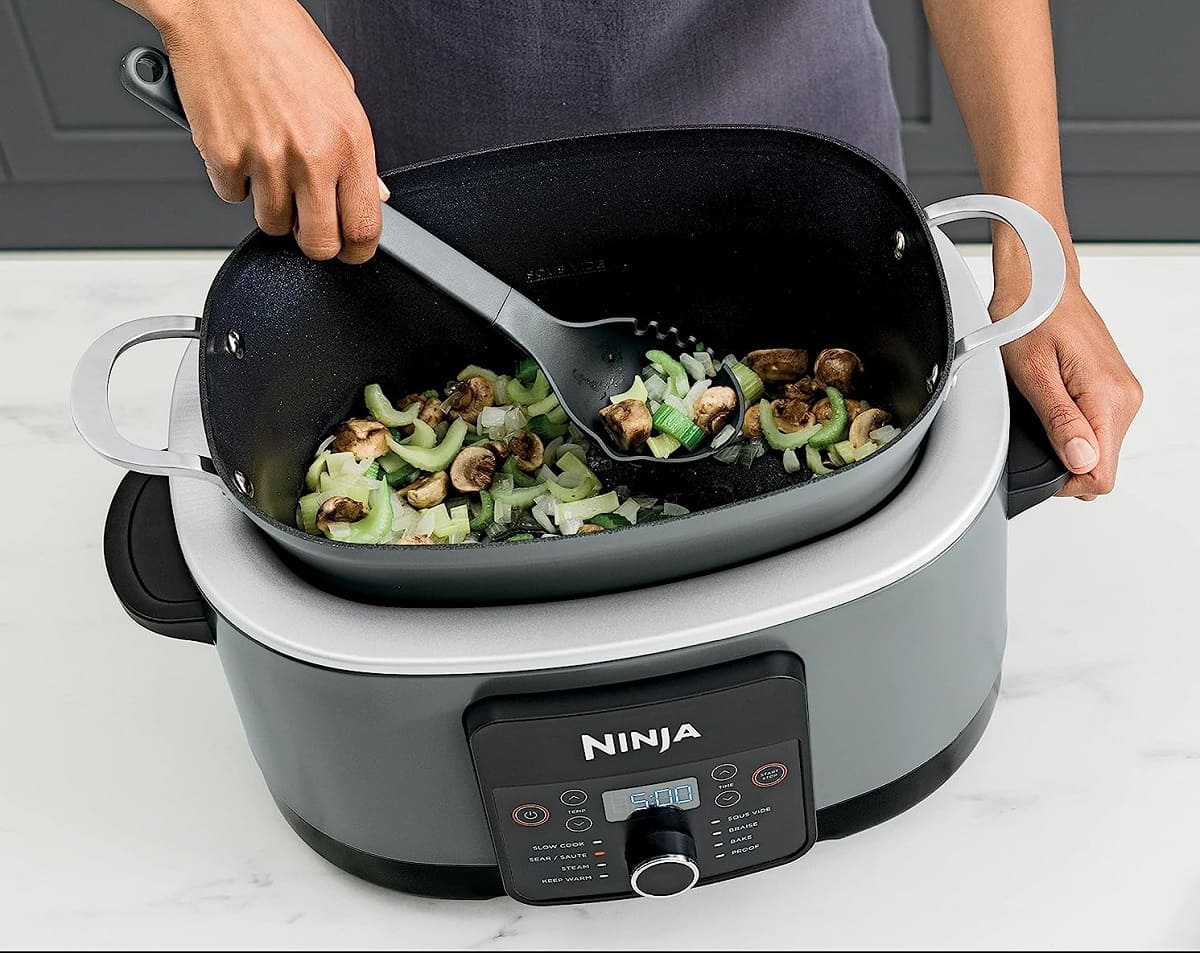
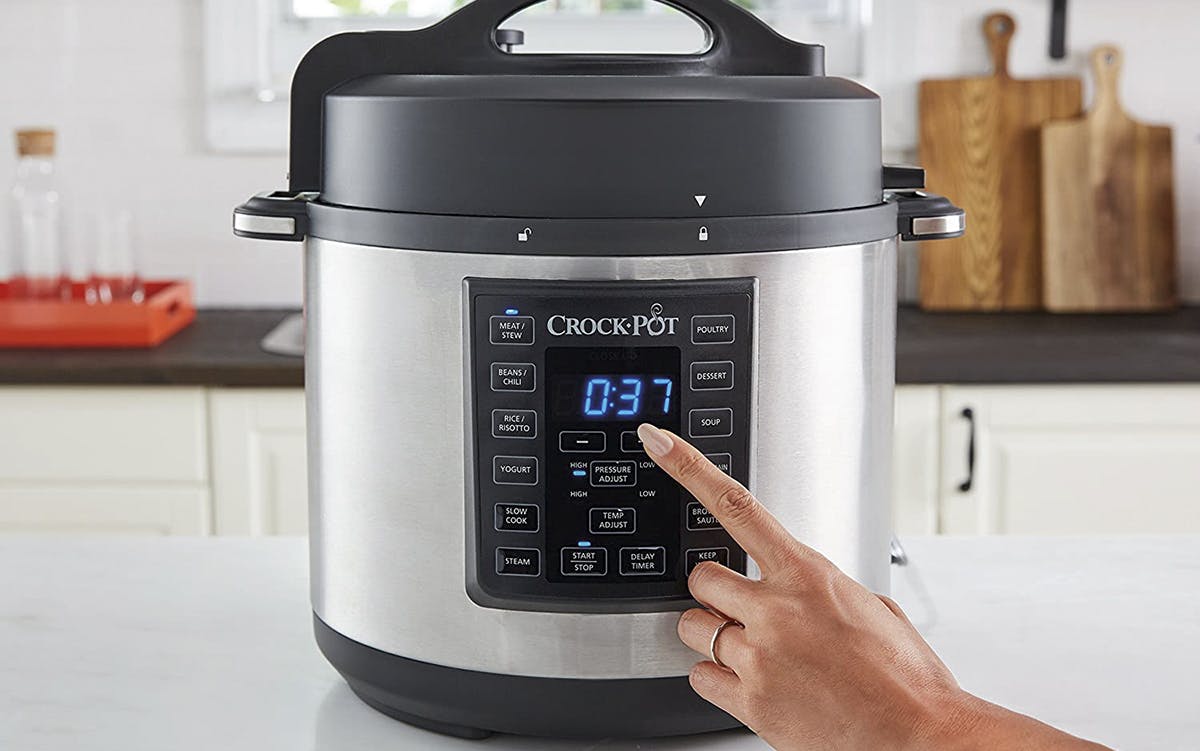
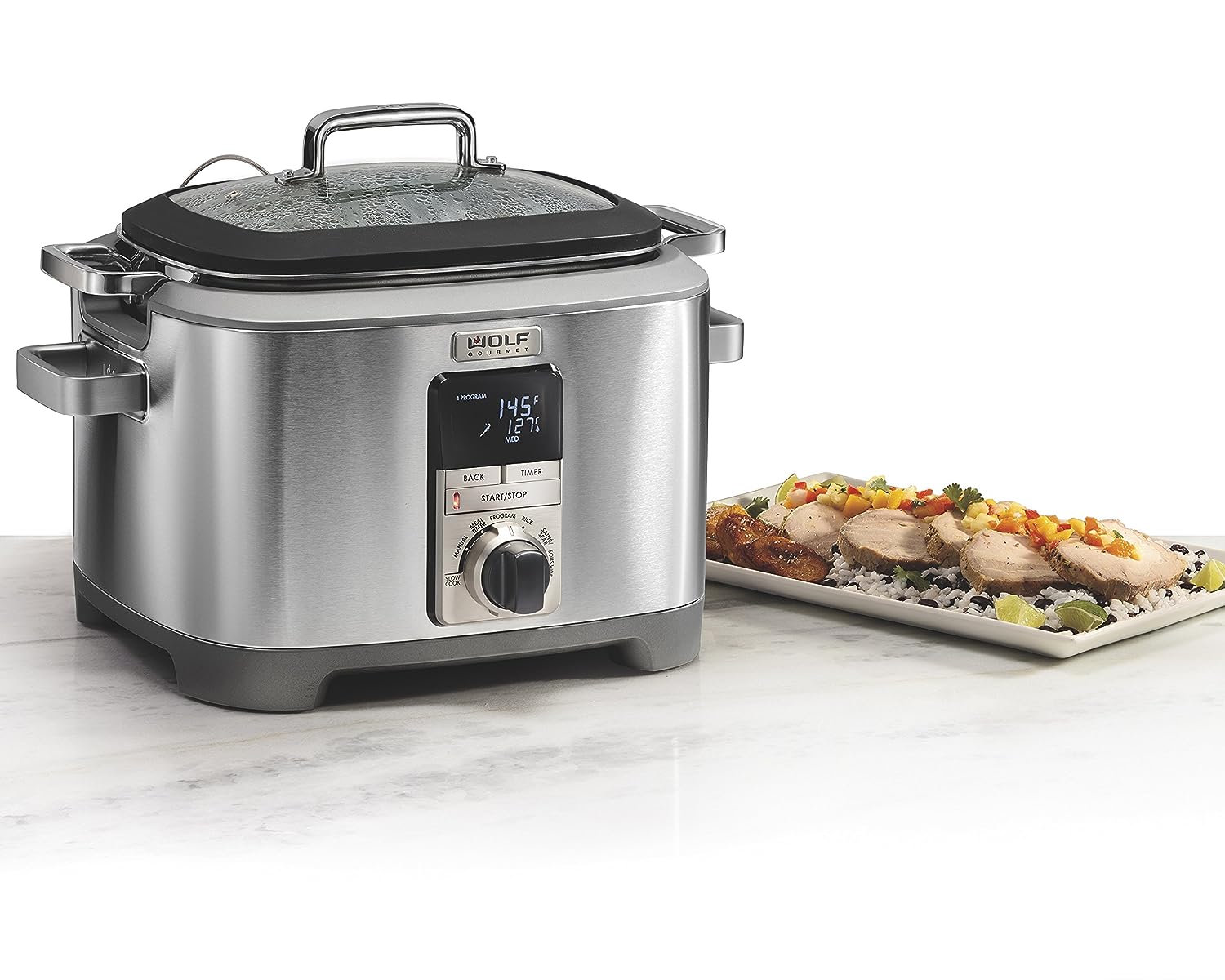
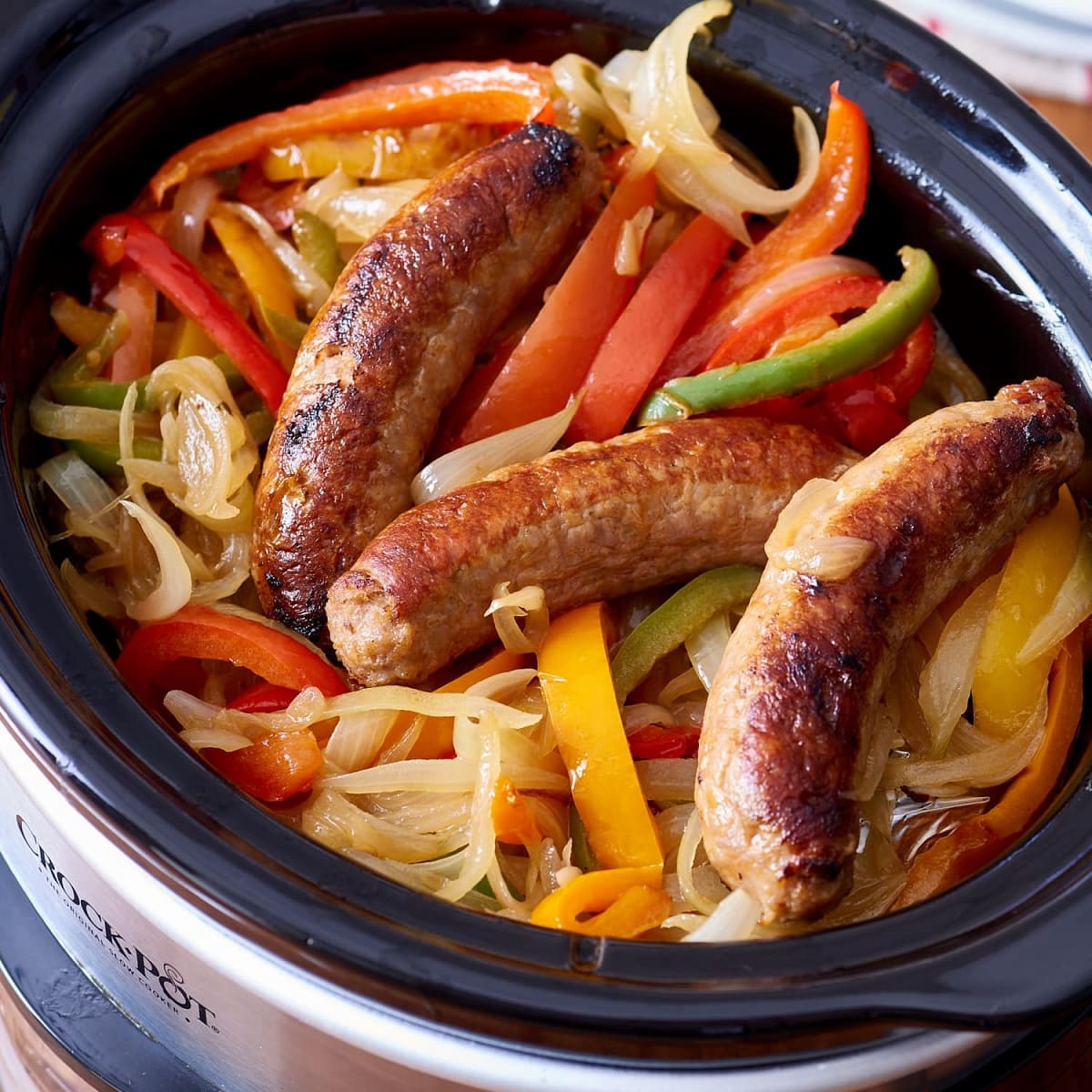
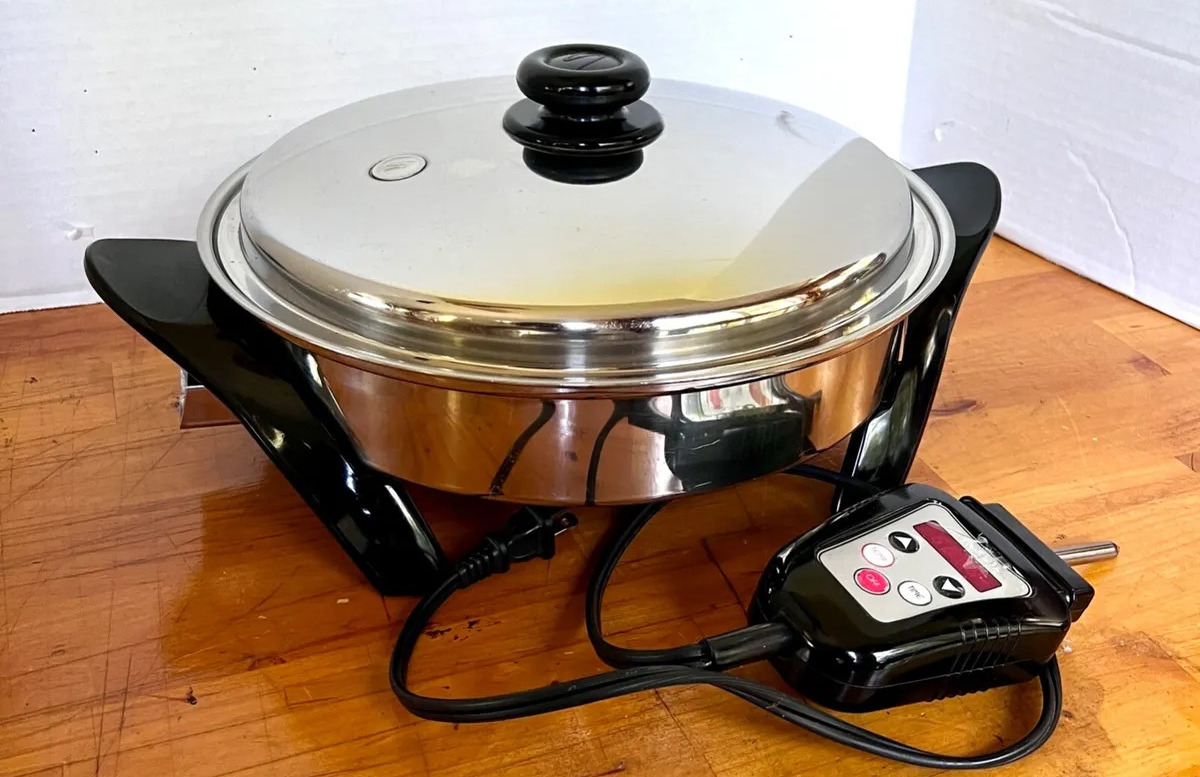
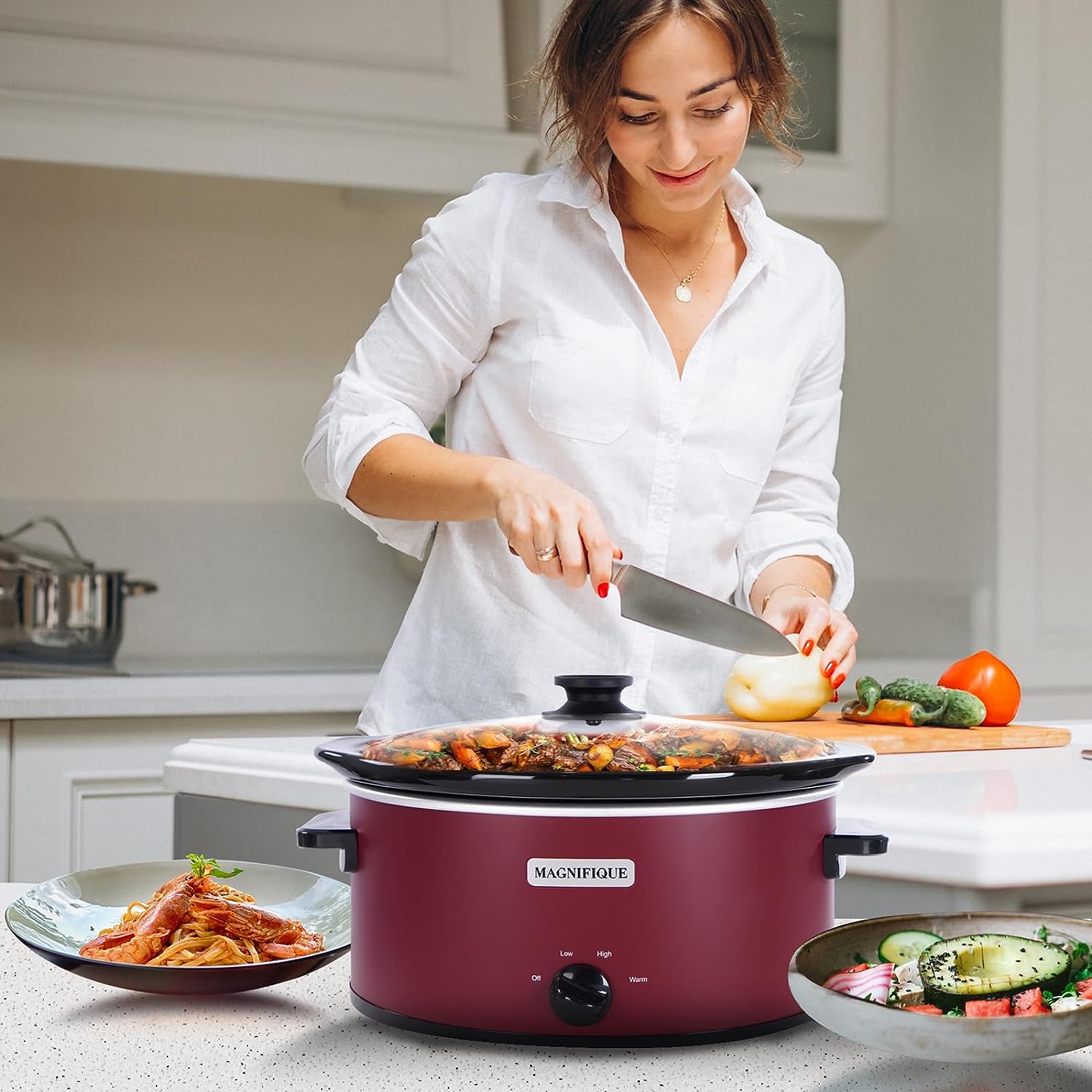
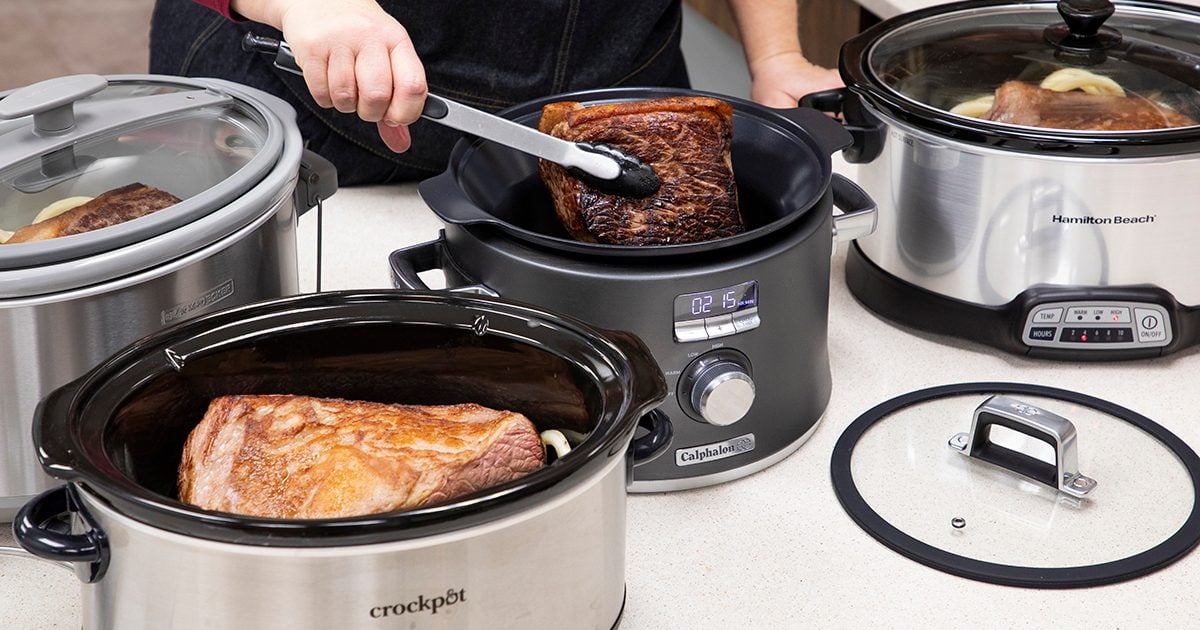
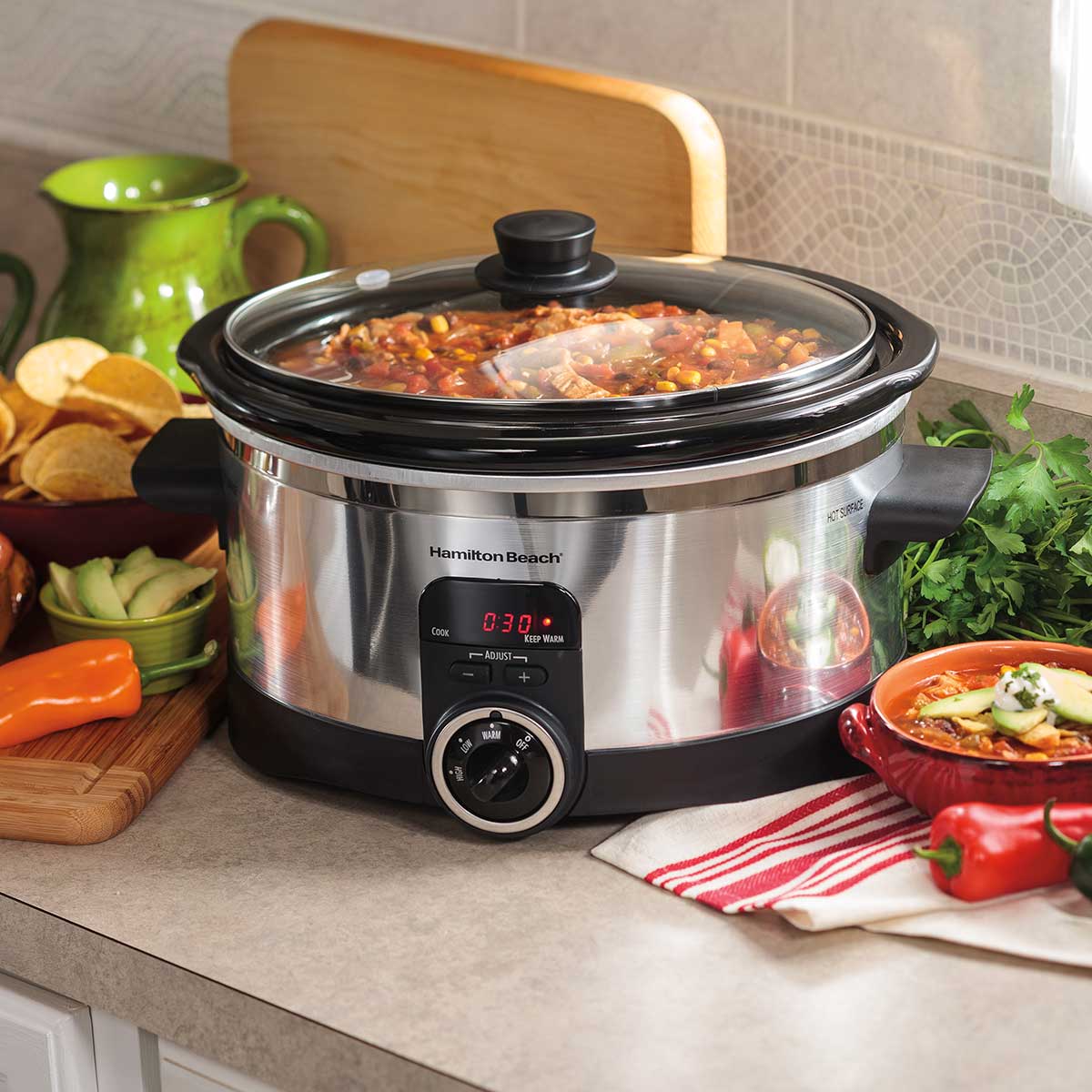
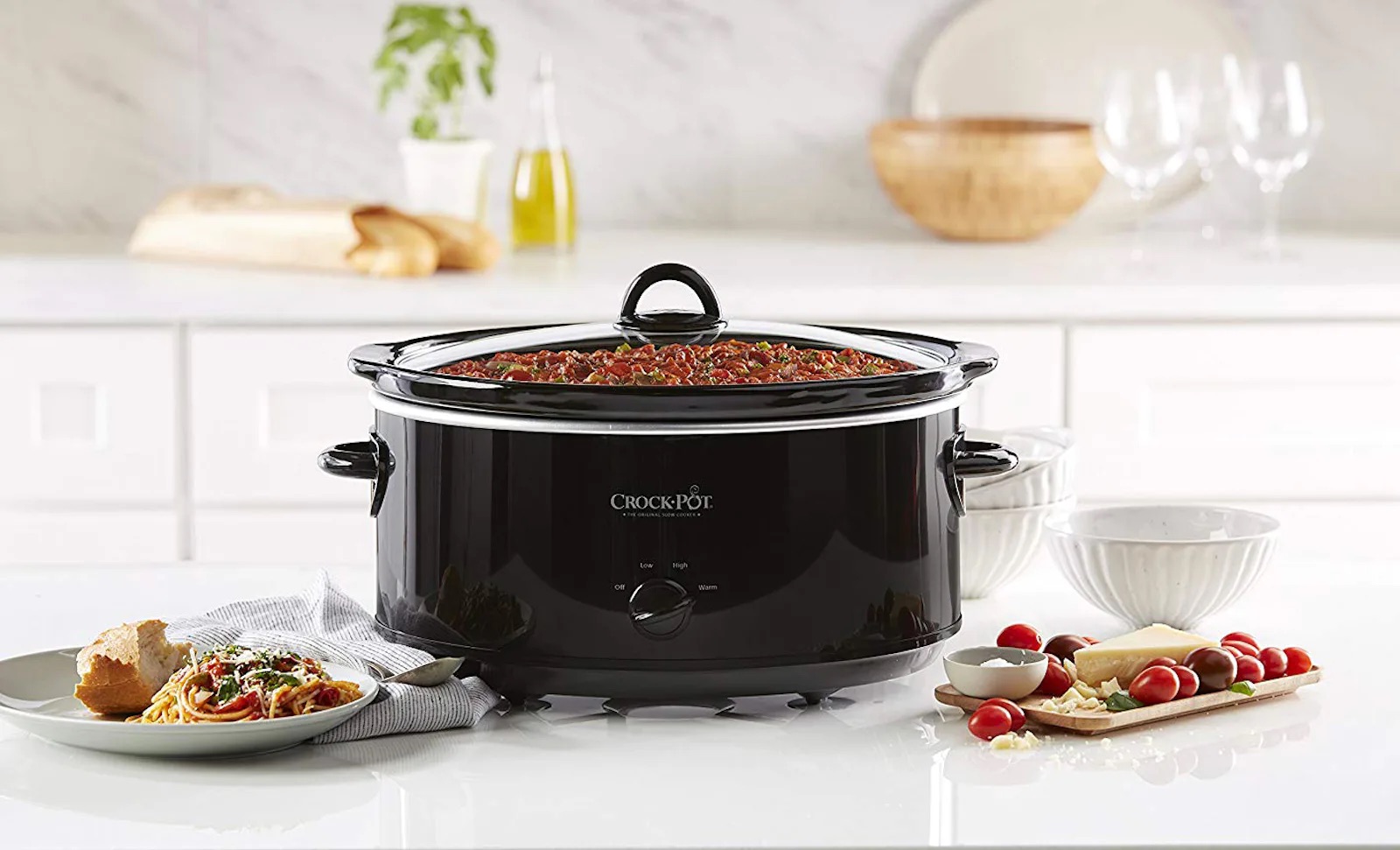
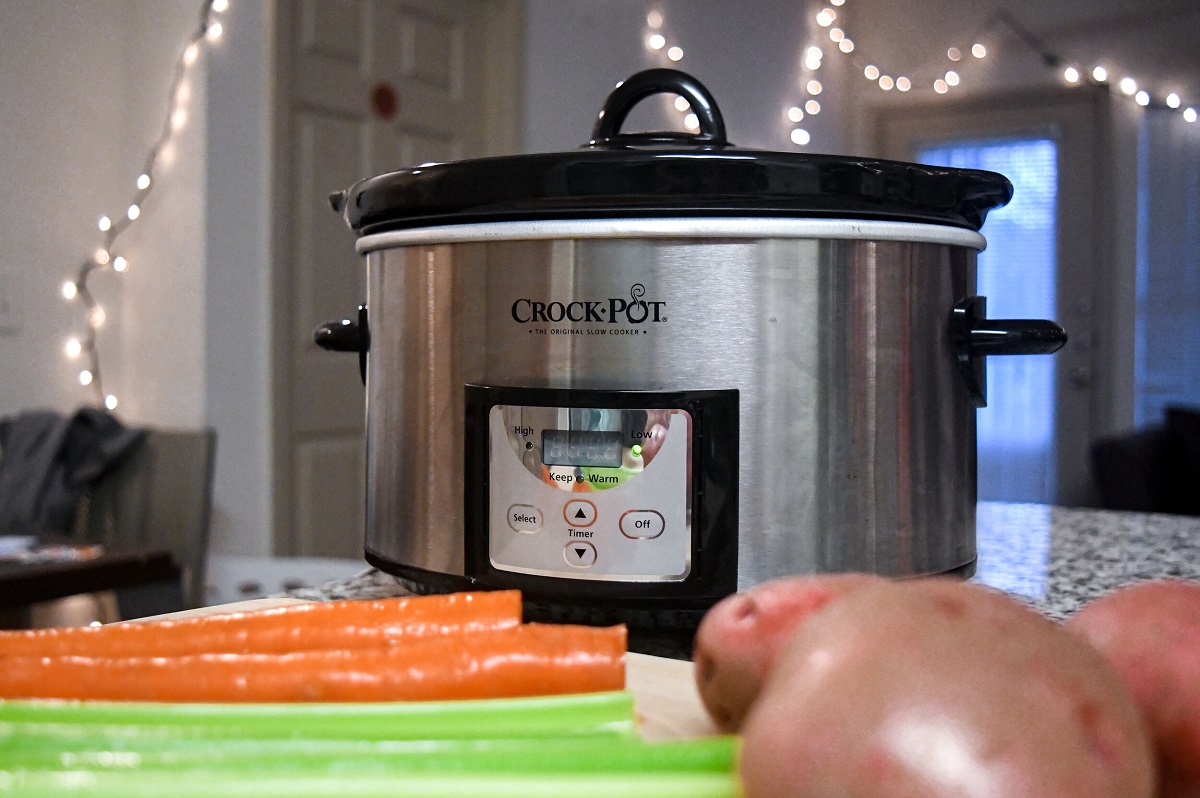
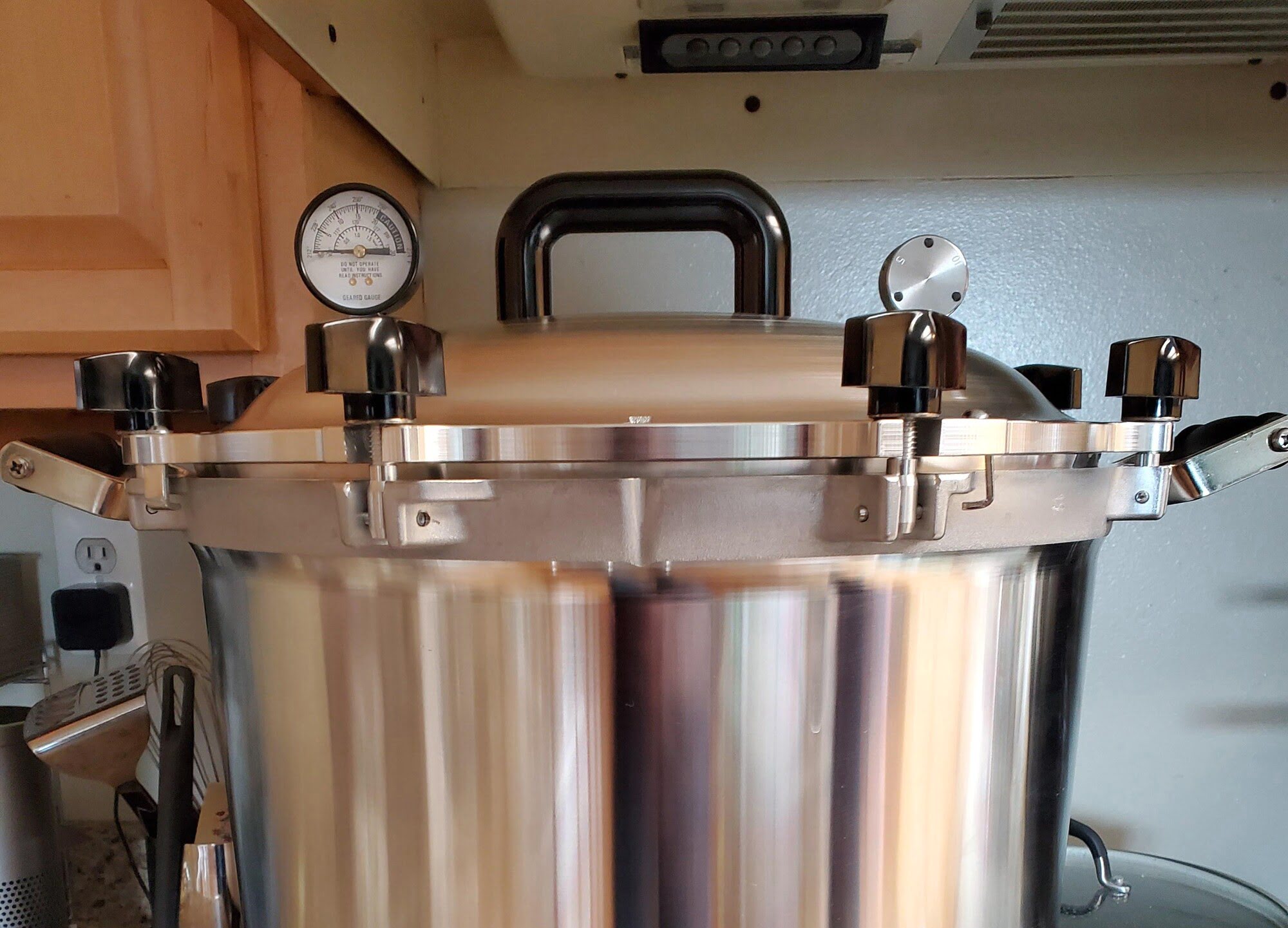
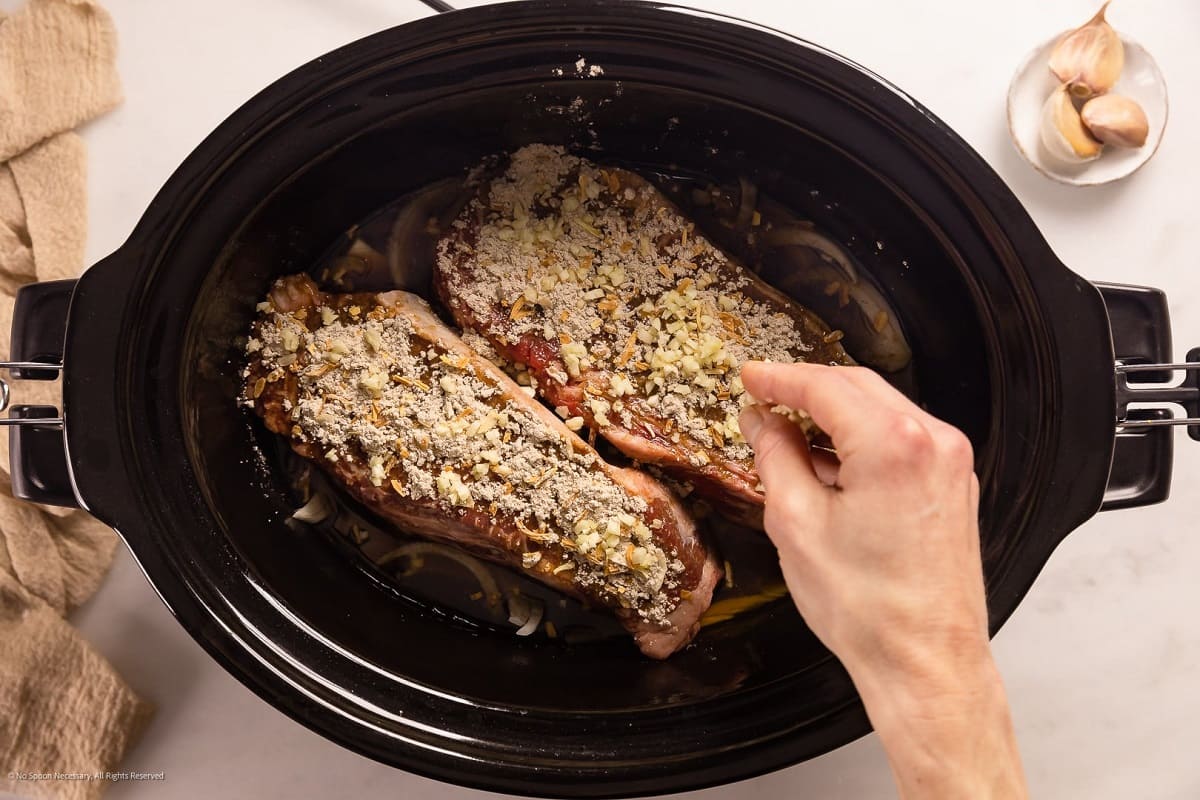
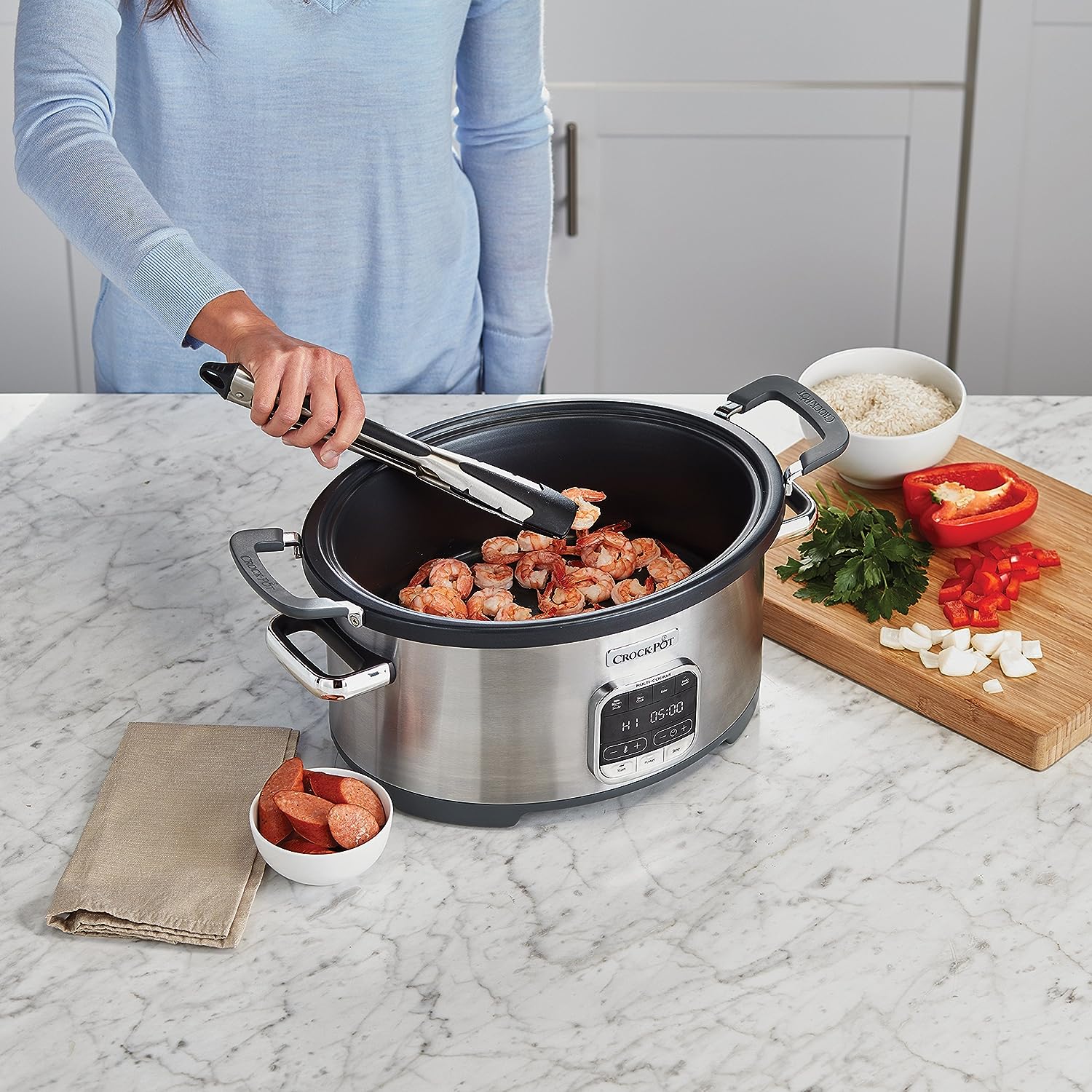
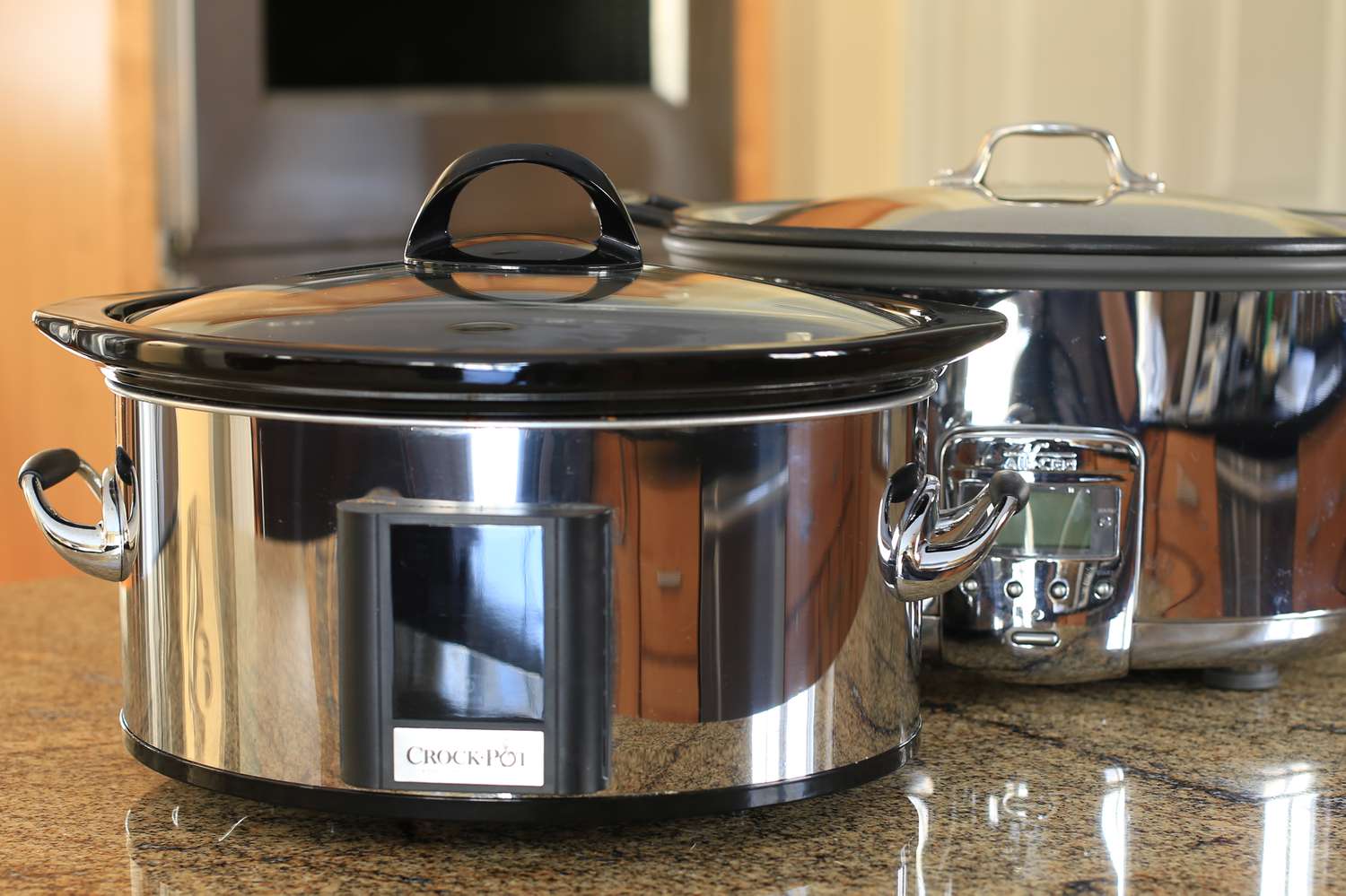

0 thoughts on “What Is The Temperature Of A Slow Cooker On Low”